Review: Red Hydrogen One
Lock Screen
Believe it or not, the Hydrogen One runs a pretty clean version of Android. That means the lock screen is somewhat basic. You'll find no "ambient display", meaning the screen doesn't light up with notifications or always show the clock. Instead, you'll need to check the notification LED above the screen, which is large and glows brightly when there are new messages or missed calls.
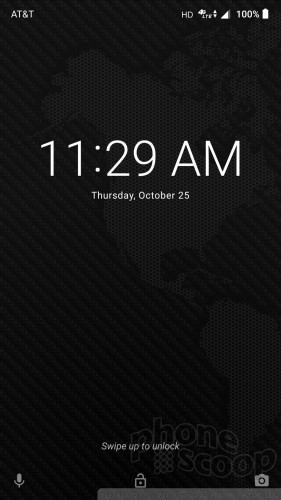
There are no gestures or actions to wake the screen other than pressing the screen lock button. A quick press turns the display on and shows the clock in blocky white text near the top with notifications lined up below. You can control how much notifications reveal, as well as dismiss or interact with them. A shortcut to voice search is in the bottom left, and a shortcut to the camera in the bottom right. These cannot be changed.
Red did a good job with the fingerprint reader. The screen lock button doubles as the reader and it's easy to find and use with your right thumb or left forefinger. The software for training prints is straightforward. I was able to set up multiple prints in under a minute. I had good success with the reader, which was fast and accurate while I reviewed the phone.
Backup security methods include pattern, PIN, password, and Google's Smart Lock options. Buried in there you'll find a face-recognition option, but it isn't fast, isn't secure, and isn't recommended.
Home Screens
The Android 8.1 Oreo build is very close to stock and works well. The home screen panels are preloaded with some apps and shortcuts, but are fully customizable. The One includes your Google Feed as the left-most screen, though you can turn this off if you wish.
The app drawer is an upward swipe away. You won't find advanced controls here. All your apps are laid out in alphabetical order; there are no folders, and no way to sort your apps other than the search bar at the top.
Red didn't mess with the Quick Settings shade or settings menus. Anyone who's used an Android phone in the last few years will find them familiar and simple to manage.
There are many ways to tweak the experience to make the Hydrogen One yours. Red allows you to select from lots of different grid sizes for the app drawer and home screens, place widgets all over the place, select from a handful of screen transitions, as well as opt from a number of different "styles" (themes) that change icon shapes, wallpapers, and such when selected.
Owing again to when the phone was first announced, the Hydrogen One is based on the Snapdragon 835 — Qualcomm's premiere processor for 2017 — with 6 GB of RAM and either 128 GB or 256 GB of storage. Most of today's flagships run the Snapdragon 845, and Qualcomm is nearly ready to announce the next top-end Snapdragon chip. Despite the age of the processor, I can't complain about the One's performance. It breezes through most tasks with ease.
Camera
The camera app is quite a bit of work. You can launch it with a long press of the dedicated camera button, but because the button is finicky, so is the app's launch experience. The button only works maybe half the time. This is aggravating. You're often better off using the lock screen shortcut.
The app itself looks dated, like it was ported over from Android 2.0. It has thick gray curtains to either side of the viewfinder and black-&-white buttons to interact with the various features. The controls are arranged similarly to most other camera apps. The left side features access to the flash, HDR, filters, and manual mode, while the right is where you'll find the shutter buttons, gallery access, and so on.
I appreciate that you can cycle the flash and HDR to on, auto, or off, but the manual mode is a waste. It only allows you to adjust ISO and shutter speed. The slowest shutter speed available is one-quarter of a second, so no nighttime light trails for you. Red says it will update this mode with more features after launch.
There's also a basic aperture mode signified by the shutter icon. It lets you set the focus point on the viewfinder and then sightly blurs everything else. It's not nearly as advanced, nor good, as the portrait / bokeh features found on modern flagship phones.
Pressing the "H" symbol on the left side of the screen calls up a secondary menu for the camera app. Here you can find the panorama shooting mode, adjust colors, set resolution, view a histogram, manage storage, set timers, and so on.
This is all pretty straightforward so far.
Want to take 3D / stereoscopic pictures? You can shoot 3D with both the front or rear cameras, but there's a bit of a learning curve. The rear cameras can only capture 3D when the phone is held in landscape orientation, while the selfie cameras can only capture 3D when the phone is held in portrait orientation. A symbol appears next to the shutter button to let you know when 3D shooting is actually available. It took me a few minutes to figure out why the symbol kept disappearing/reappearing. (A smarter interface would always show the 3D option, but prompt you to rotate the phone when necessary.)
I like that the One provides you a preview of the 3D image you're about to take. This really helps with composition. It's fairly easy to take 3D selfies, but the field of view is rather narrow. This means you'll have to get your friends up close. I noticed that there's a bit of zoom when taking landscape 3D shots. You may have to step back from your subject a bit to fit everything in the frame. Otherwise, the process is the same as taking a normal picture. Speaking of which, the phone saves a 2D/normal version of every 3D image you capture.
The app runs smoothly, but it could be a hair faster to snap pictures.
Photos/Video
The main camera features a pair of 12-megapixel sensors at f/1.8. The second sensor is key to the 3D and portrait features. A dual LED flash is there to help when needed.
As a regular camera, the Hydrogen One does fine. It produces sharp focus, accurate exposure, and proper white balance. There was a bit more grain than I care to see in low-light shots. I appreciate that the flash didn't totally blow things out or turn them blue. The One is solid at capturing those random moments that happen every day.
There are two selfie cameras, both with 8-megapixel sensors at f/2.0. Like the main shooter, the two sensors are needed here to create those portrait / 3D shots. I wish one of them had a wide-angle lens, but that's not the case. The selfie camera doesn't offer a flash of any type, though it offers a skin-smoothing beauty mode should you care to use it. Selfies definitely have more grain than the main camera, and pix were prone to a little under-exposure.

The One can capture video up to 4K from both the main and selfie cameras. You can choose from several different frame rates to suit your tastes or needs. Red decided to lump the slow-motion and time-lapse functions in with the video camera software. The time-lapse mode lets you make all sort of adjustments to capture and playback speeds, but the slow motion only lets you cut the speed by half. That's barely enough to have fun. The phone does a fine job recording video. It's sharp, colorful, and bright.


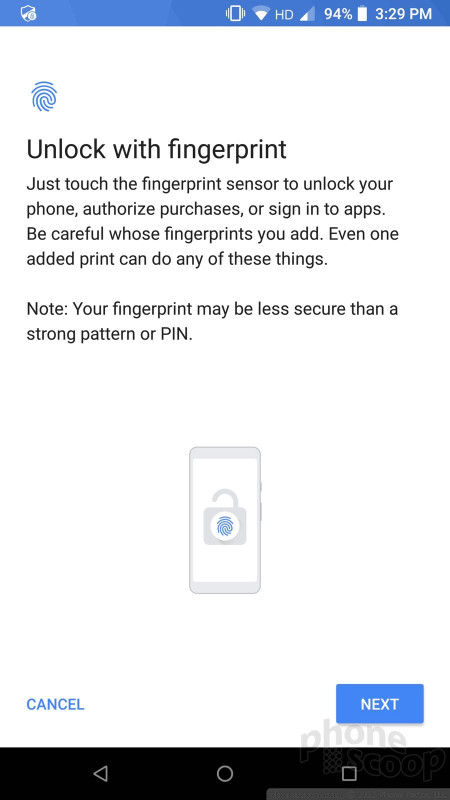







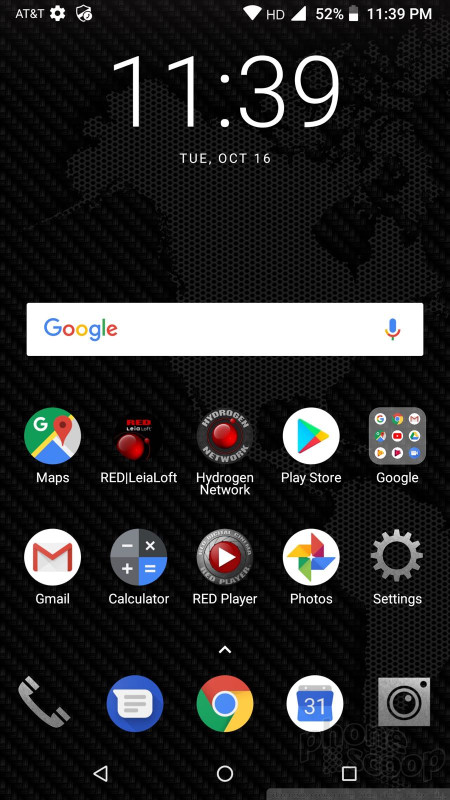





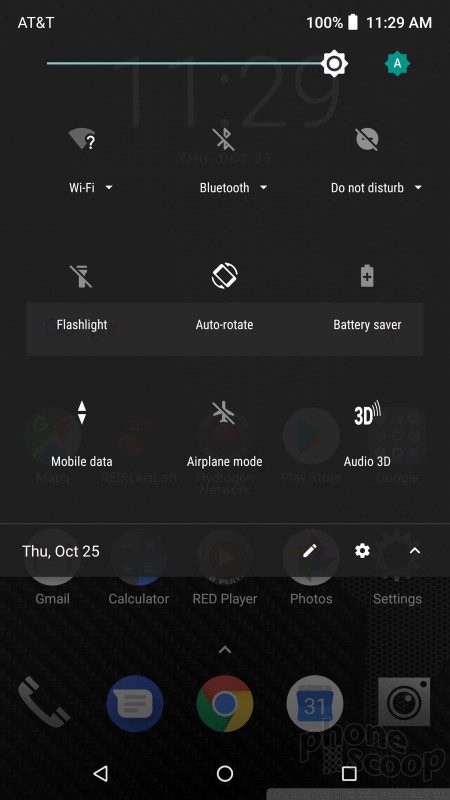


















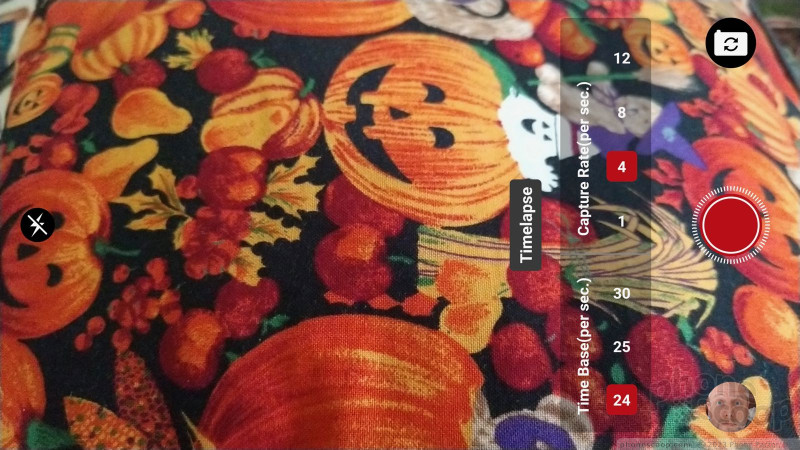












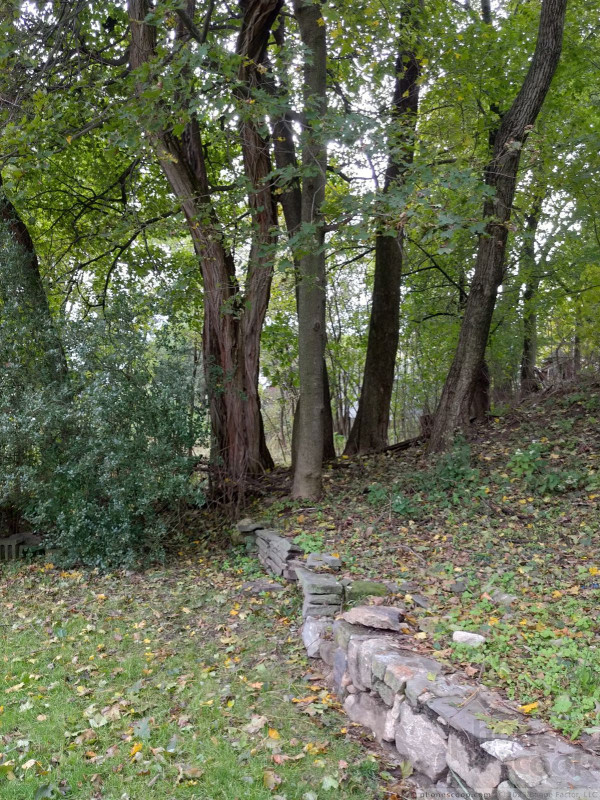
















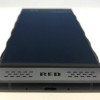 Red Hydrogen with 3D Display Clears the FCC
Red Hydrogen with 3D Display Clears the FCC
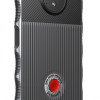 AT&T, Verizon to Sell Red Hydrogen One Starting Nov. 2 for $1,295
AT&T, Verizon to Sell Red Hydrogen One Starting Nov. 2 for $1,295
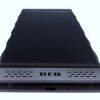 RED Details 3D Content Strategy for Hydrogen One Phone
RED Details 3D Content Strategy for Hydrogen One Phone
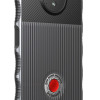 Red Hydrogen One Delayed to the Fall
Red Hydrogen One Delayed to the Fall
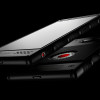 AT&T and Verizon Say They'll Sell the Red Hydrogen One Phone
AT&T and Verizon Say They'll Sell the Red Hydrogen One Phone
 Red Hydrogen One
Red Hydrogen One



